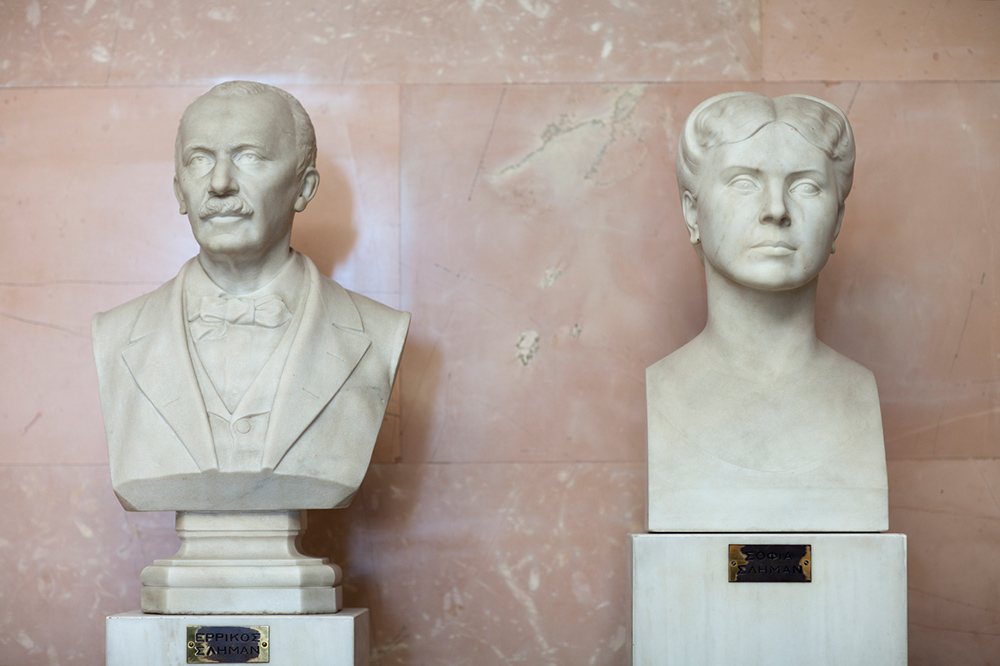The Museum
The National Archaeological Museum is the largest museum in Greece and one of the most important in the world. Originally destined to receive all the 19th century excavations, mainly from Attica and other parts of the country, it gradually took the form of a central National Archaeological Museum and was enriched with finds from all parts of the Greek world. His rich collections, enumerating more than 11,000 exhibits, offer the visitor a panorama of ancient Greek culture from the beginning of prehistory to the late antiquity.
The museum is housed in the imposing neoclassical building, built at the end of the 19th century in designs by L. Lange and eventually formed by Ernst Ziller. Its exhibition grounds, dozens of halls on each floor, cover an area of 8,000 m² and houses the five major permanent collections:
• The Collection of Prehistoric Antiquities, including works of the great civilizations that developed in the Aegean from the 6th millennium to 1050 BC. (Neolithic, Cycladic and Mycenaean) and finds from the prehistoric settlement of Thira.
• The Sculpture Collection, which presents the evolution of ancient Greek sculpture from the 7th century. B.C. until the 5th c. AD, through unique works of art.
• The Vase and Minerals Collection, which includes representative works of ancient Greek ceramics from the 11th century. B.C. up to the Roman era, as well as the Stathatos Collection, a timeless collection of miniature artifacts.
• The Metallurgical Works Collection with many unique original works, statues, figurines and miniature works.
• Finally, the unique for Greece Collection of Egyptian and Eastern Antiquities with works of art, dating from the pre-emptive period (5000 BC) to the times of the Roman conquest.
The museum has a rich photographic archive and a library with many rare editions, which is continuously enriched for the needs of scientific staff. It also has modern workshops for the maintenance of metallic objects, ceramics, stone, casting workshops, organic materials, photographic workshop and chemical laboratory. There are also halls of periodical exhibitions, a lecture theater, as well as one of the largest collections of the Archaeological Resources Fund.
The National Archaeological Museum accepts thousands of visitors each year. Along with the exhibition of exhibits, he organizes periodical exhibitions and participates by lending his works to exhibitions both in Greece and abroad.
In addition, it serves as a research center for scientists from all over the world and participates in the development of special educational and other programs. Archaeological lectures are organized in the amphitheater, while innovation is also the possibility of guiding people with hearing problems by scientific staff.



